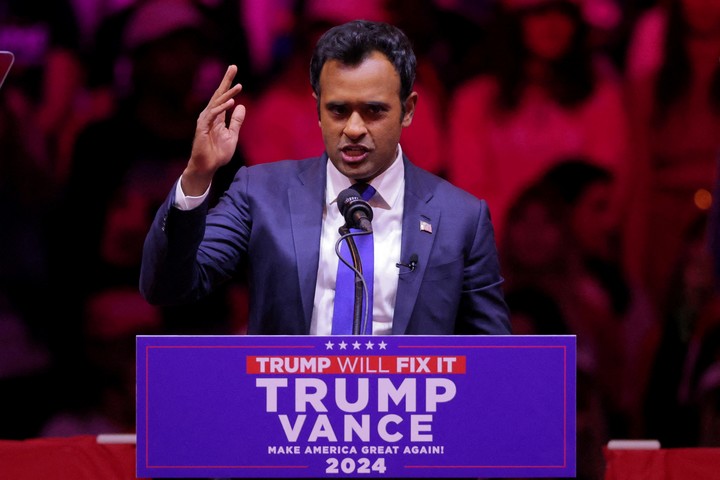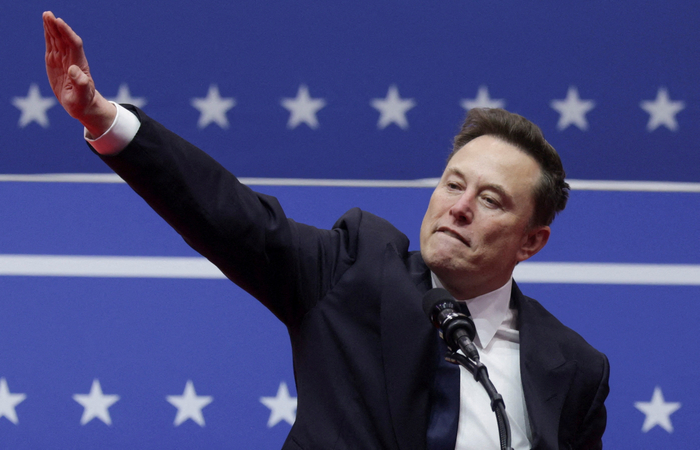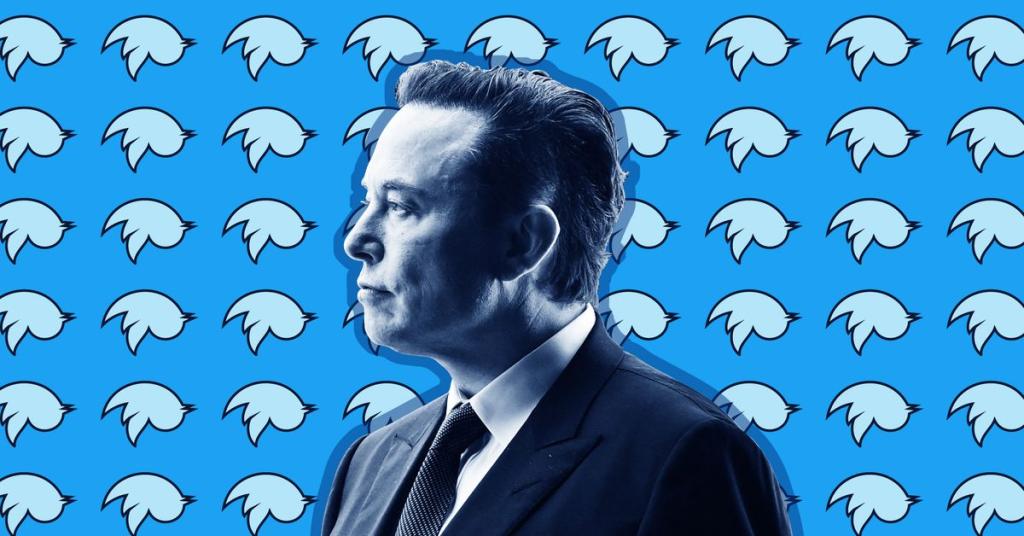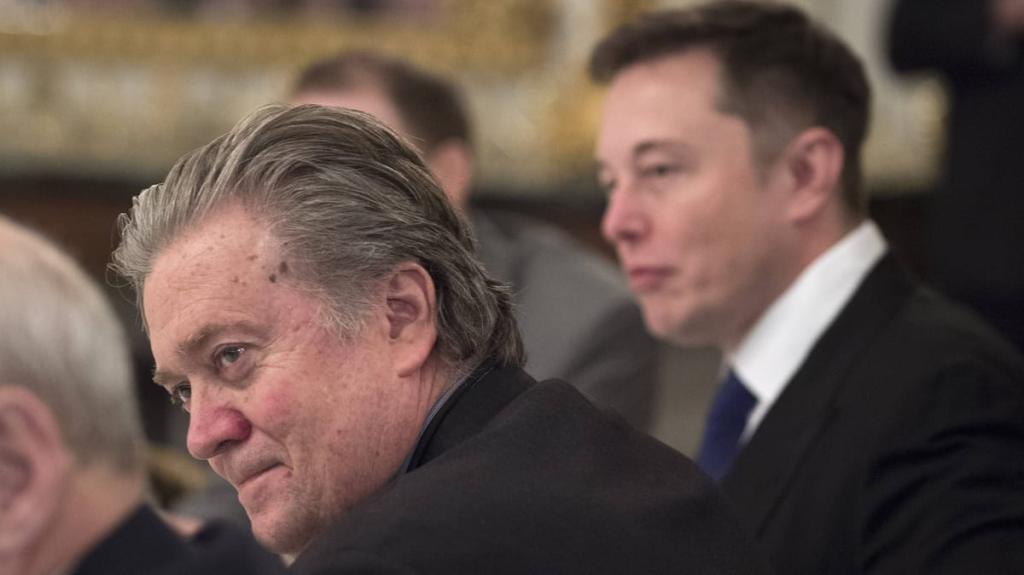Elon Musk's Bold Plans to Transform Government Efficiency
Discover how Elon Musk plans to revolutionize government efficiency through deregulation, workforce cuts, and a bold budget overhaul.

Key Points
- Elon Musk
and
Vivek Ramaswamyaim to lead the Department of Government Efficiency to streamline federal operations and cut unnecessary regulations.
- The proposed reforms include significant workforce reductions and a target of $2 trillion in budget savings focused on discretionary spending.
- Musk's initiative has sparked debate over its potential impacts on services, ethical implications, and public acceptance of sweeping government reforms.
In an unprecedented move, Elon Musk, the CEO of Tesla and
, has been appointed to spearhead government efficiency reforms within the soon-to-be-inaugurated Trump administration. He, along with entrepreneur Vivek Ramaswamy, is slated to lead the newly formed "Department of Government Efficiency" (DOGE). Their ambitious agenda is focused on reducing the size of government, eliminating unnecessary regulations, and significantly cutting federal spending. As the landscape of American bureaucracy stands at a crossroads, this initiative could potentially reshape the very fabric of governmental operations.

Aiming for a "Lean Government"
Musk and Ramaswamy have articulated a vision of a "lean government crusade" aimed at tackling the pervasive bureaucratic challenges they claim pose an "existential threat" to democracy. In a recent op-ed published in the
" class="famous_name">Wall Street Journal
, they expressed their plan to eliminate vast numbers of federal regulations that they believe are superfluous and detrimental to the economic environment. With a conservative majority in the Supreme Court backing their initiatives, they argue that now is the time for decisive action.
Key Elements of the Reform Agenda
The DOGE's plan centers around three main pillars: deregulation, administrative downsizing, and budget cuts. Here’s a closer look at each component:
.
This strategic approach suggests that Musk intends to apply his business principles to government, where efficiency and cost-effectiveness are paramount. By using technology and data-driven analysis, the DOGE could theoretically streamline operations similar to business efficiencies realized at companies like Tesla and SpaceX.
Potential Backlash and Considerations
While these proposals have drawn enthusiasm from some quarters, skepticism persists regarding their implementation. Detractors highlight concerns about potential mass layoffs and the impact such reductions may have on services and programs vital to many Americans. The political landscape could also complicate matters, as Democrats and even some Republicans may resist such sweeping changes.
Furthermore, Musk's ties as a business leader with interests in various regulatory landscapes raise questions about conflicts of interest. For instance, his influence over regulatory frameworks could inadvertently benefit his companies, which may lead to ethical dilemmas moving forward. The effectiveness and ethical standing of such drastic reforms will heavily depend on transparency and accountability from those in leadership positions.
Looking Ahead
The ambitious timeline set by Musk and Ramaswamy aims for significant reforms to unfold by July 2026, coinciding with the United States' 250th anniversary. This aligns with their vision of revitalizing governmental operations to better serve the needs of constituents and improve economic prosperity. However, the success of these initiatives will ultimately hinge on public acceptance and the resilience of entrenched bureaucracy, which traditionally resists rapid change.
As we observe the intricate dynamics of this bold governmental overhaul, one thing remains clear: The intersection of business practices and public governance represents a new frontier in American politics, one that invites discussion and debate on either broadening freedoms or potentially sacrificing regulatory oversight. The ramifications of these decisions will undoubtedly echo through the coming years, shaping not just policy but the way citizens experience their government.


